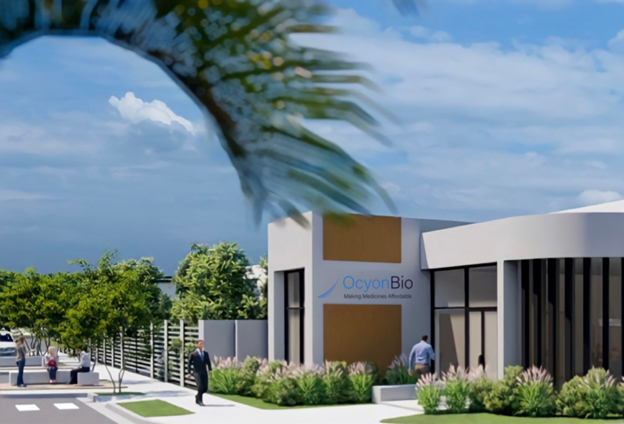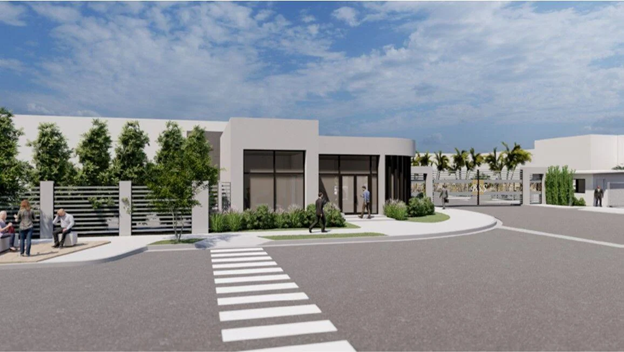
Early Considerations for Global Biosimilar Application – Part 1 of 3
Background
The following post will review some of the key gaps that often find when a sponsor ask us to evaluate their products for EU and US submission. This post is not intended to be comprehensive, just written to provide insights into areas where a company should look, if they are considering taking an existing molecule into global market. We will endeavor to write article in three parts. Part 1 – Early Development Part 2 – Facility and commercial manufacturing Part 3 – Clinical and regulatory pitfalls.

Part 1
Will focus on some of the key considerations and gaps found from cell line development to technical transfer using the EU and US guidance as backdrops.
Early Considerations for Assessing Current Biosimilar Program for Global Submission
Part 1 of 3
As part of our role we are often requested to evaluate an existing biosimilar program or molecule for their readiness to enter stringent regulatory authority approval processes. The sponsors want to understand the gaps of their programs with an emphasis on EU and US requirements.
For PART 1 of the discussion we will focus on the gaps that are often found in the early development of biosimilars. The FDA recommends a stepwise procedure for the development of biosimilars, but in many cases the biosimilar development may have commenced many years prior to the issuance of biosimilar guidelines. In this article, we will examine some of the key gaps we typically find when we are conducting gap assessment for biosimilar programs that want to enter into EU or US markets.
The following include examples of the basic gaps that we discovered in some the assessments conducted by Biosciencescorp in the last 2 years. We have chosen some of the basic elements which are often missed in the product evaluation, especially when the focus is on the product that has already been launched in local markets. We will discuss key gaps that are found in cell line, early process development, reference product and traceability of results, use of unqualified analytical methods and technical transfer.
Begin at the Beginning – Cell Line
In order to adequately answer these questions, we use the core tenets of biosimilar guidelines which is anchored by the analytical similarity. This does not just mean how the biosimilar product compares to the innovator product(s). It goes beyond the characterization methods. The core question is how was the product developed? Was a stepwise approach taken from cell line development to final commercial scale batches? This begins with the one of the fundamental questions which is regarding cell line origin, clonality and characterization. In most cases, this is where the first area of failure is found. Cell Line genealogy and clonality is key to ensuring the clones are producing target protein consistently. If gaps are found here, they are very difficult to mitigate and will require a strong technical team to develop corrective measures.
Let the process begin – Early Process Development
As part of the overall development life cycle clones are selected based on titer (Mostly) and level of similarity at the early stages. Then comes the media, feed, and process studies where the scientists are developing process parameters to achieve high level of similarity. The one area that scientist typically forget in this stage are the origin of raw materials as well as their suitability for use in human trials and patients. The lack of traceability of raw materials is often a key gap found during the assessment. The level of purity and controls that is required can sometime impact product consistency and similarity. In the case where raw materials change there will be a need to repeat many studies to show that this material change does not impact the early development work that has been completed.
To Scale up or not to Scale up
Sponsors and executives are under extreme pressure to advance their programs. The is evident by the number of clinical trials that are initiated with a process that has not been scaled up or properly characterized or for which analytical similarity studies have not been conducted. Often the resulting analytical similarity data does not show high degree of similarity between pre-scale up and post scale up batches. Any significant preapproval manufacturing changes may also result in repeating the analytical similarity studies against reference product. Another important component of a product assessment is to review and trace the process timelines and their use of material in nonclinical and clinical studies. Our experiences have shown that these types of issues may lead to clinical program not representing the product to be commercialized and often resulting in requiring bridging clinical trials or repeating expensive Phase III study… .
Refer to Reference Standard
The development of biosimilars can take between 4-6years and has many twists and turns that are required to meet biosimilarity assessment and to deal with regulatory requirements. As the years progress and the process optimization continues there is often no baseline to compare early process to new process. The typical reference standard used in the early development is the innovator product that is being procured as comparator. Just as the biosimilar program is evolving so are the manufacturing process improvements by the innovator, therefore making almost impossible to compare early process to present process. A key gap that is often found in product assessment is lack of traceability of the process and product changes due to lack of contiguous reference standard. The use and characterization of reference standard early in the process and the comparability assessment for subsequent reference standard can represent a major gap in the ability for product registration in global markets. Acceptance criteria should be established based on the shelf-life of the reference standard, not a single batch. The development of an early reference standard that can be used to compare product development changes is critical to tying the early process to current process. In some cases, it is the only element available that can tie all the critical quality attributes from the inception of the program to final clinical study and submission.
Analytical Similarity – Methods Qualification
The analytical similarity assessment forms the basis for establishing biosimilarity. The scientific soundness of the methods use in the early assessment are crucial in supporting similarity claims. What we see often in this early stage is that scientist maybe using crude methods that may not been shown to be scientifically sound or even peer reviewed. In this case, the basis for similarity maybe incorrect at best or when methods are fully developed new emerging information is revealed and peaks that were not initially observed suddenly appear. The lack of scientific soundness of early methods often require the process development team to go back to starting point to identify potential issues that were not present in the early development stages. The gap often continues through late stage development as the programs are pushed to scale up and clinical starts. The lack of method robustness, specificity, reproducibility and scientific soundness are typical gaps found in programs that are being evaluated.
Process Completion – Technical transfer
The biosimilar development is very complex and as the product moves through the development life cycle there will be a need to transfer product to commercial manufacturing. This process is typically on the critical path and often is performed at a break neck speed, which leads to many items missing in the technical transfer. This transfer is not only for the process, but also for analytical methods that will be utilized in the product release process. The technical transfer is very complex and full of details that are required to be handed down from one organization to the other. The tech transfer also involves thinking about establishing comparability between the early stage development and the proposed new scaled up process. A major gap that is often found in this stage are the confirmation of the critical parameters that were established in the early process. In addition, the comparability analysis typically involves only three lots, which in some cases may not be adequate to establish statistical comparability. Another gap often found is the lack of comparability assessment for the scaled down model that was established.
As always I welcome your comments and thoughts on this topic and looking forward to writing part 2 in the coming weeks.
I like to thank Dr. Kamali Chance for her contribution to this article
If you like to contact us please connect with me at Robert.Salcedo@biosciencescorp.com or connect with us at our website Biosciencescorp.com



